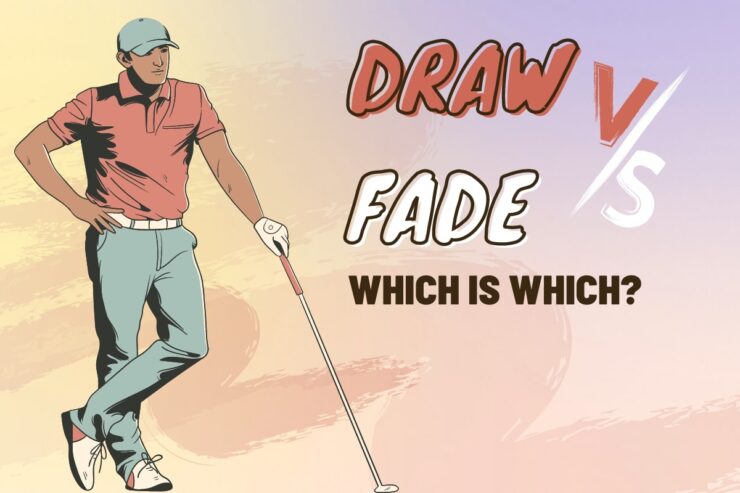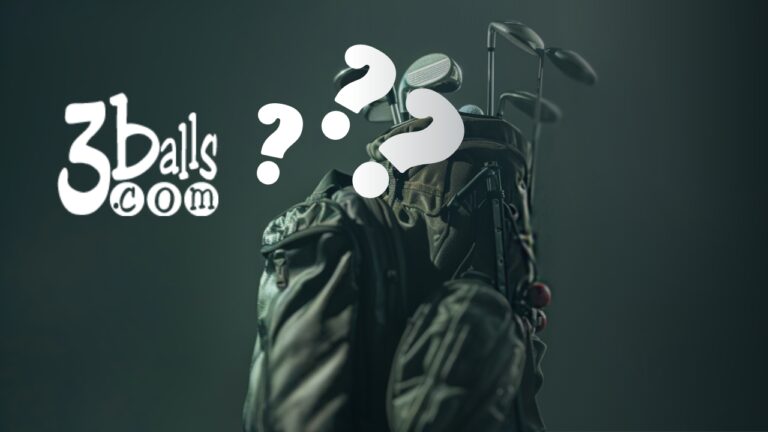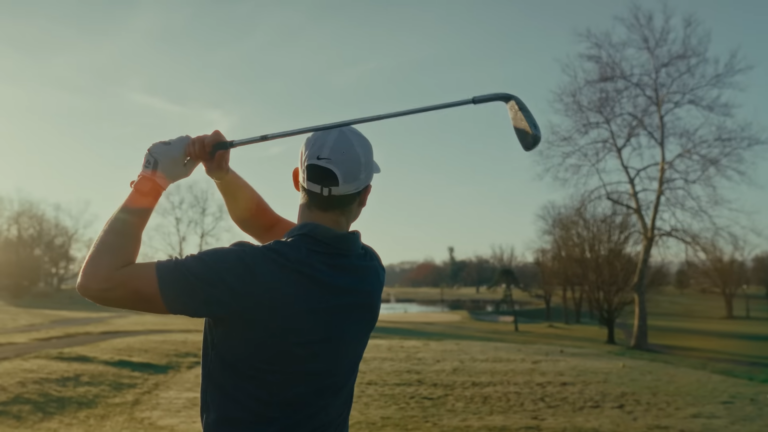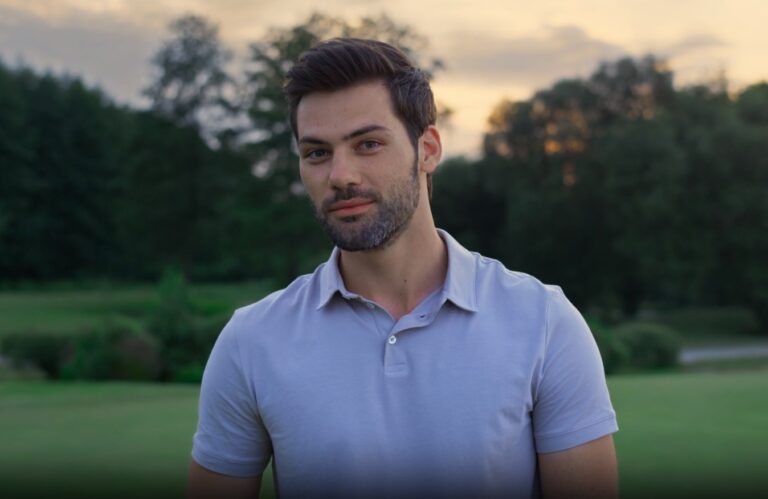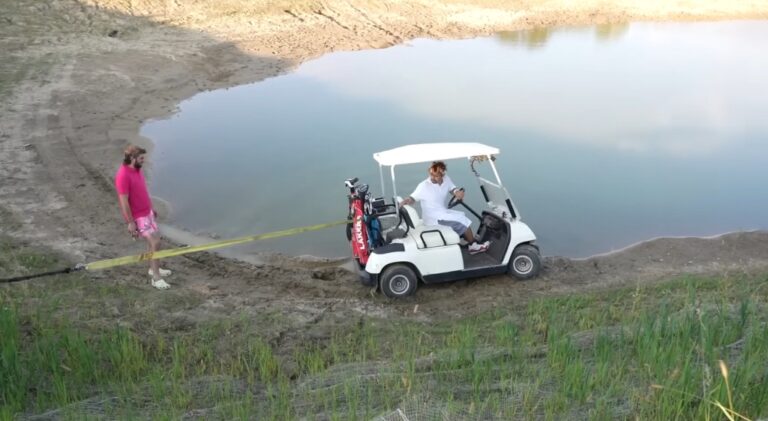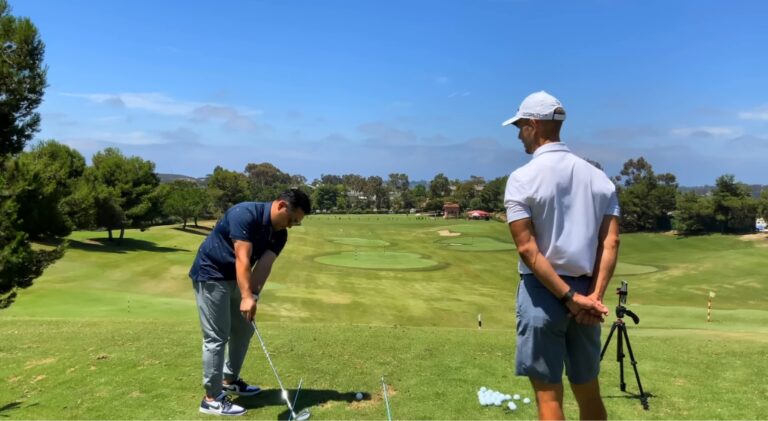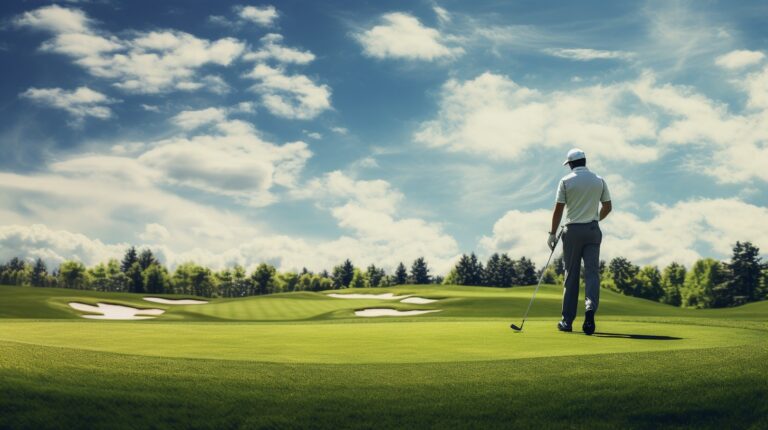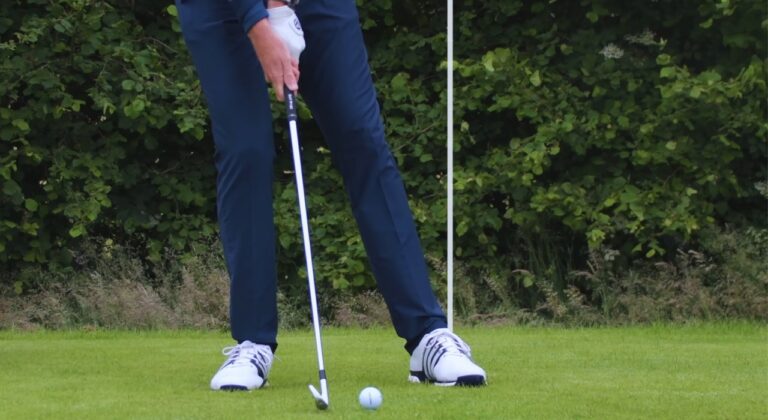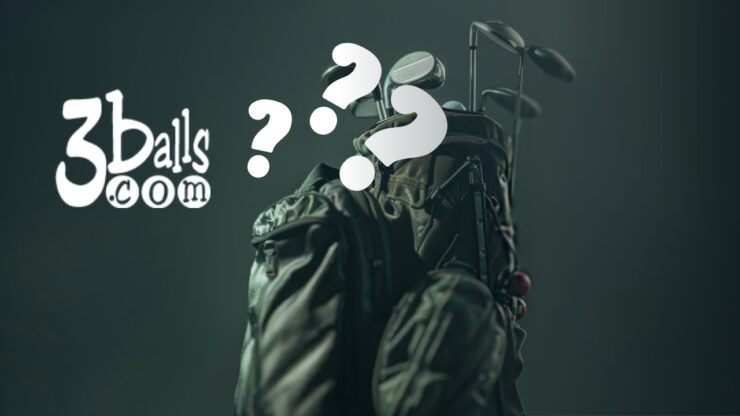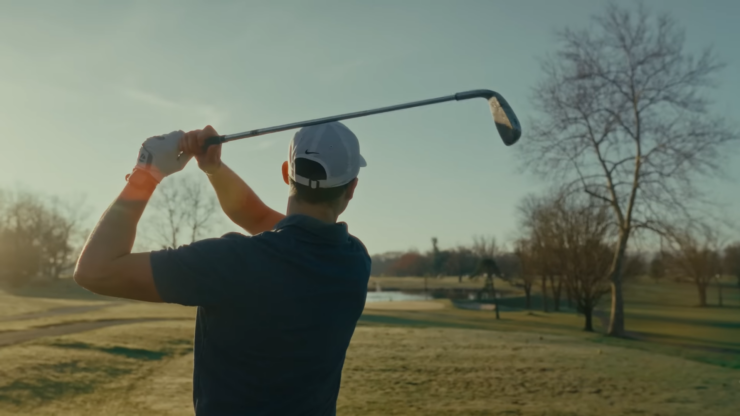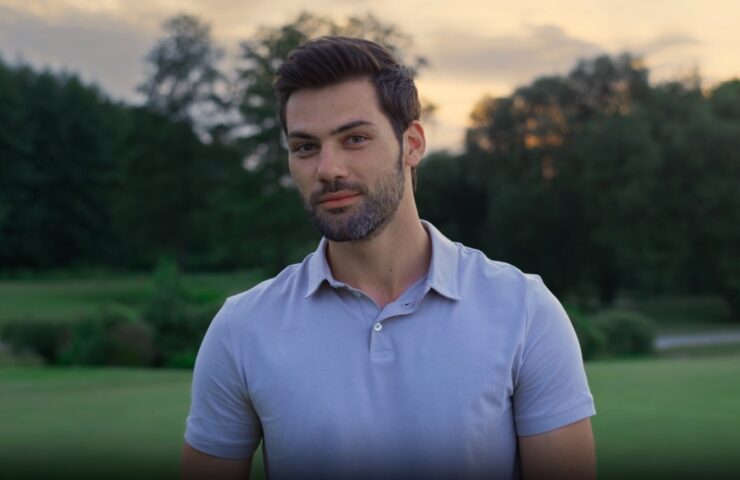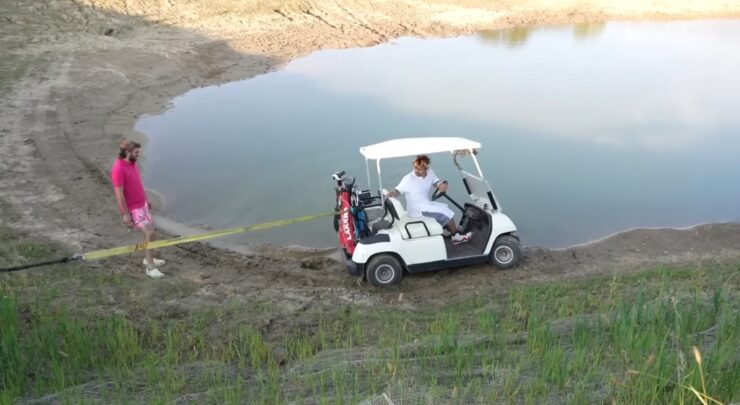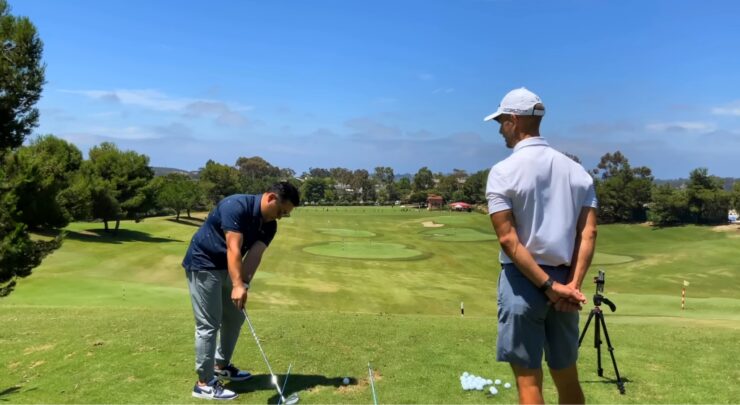When I first stepped onto the golf course, I was quickly introduced to a language all its own. Among the many terms I encountered, “draw” and “fade” stood out. At the outset, they seemed like just more golf lingo to remember.
But as I spent more time on the green, swinging my clubs and watching the ball’s flight, I began to grasp the significance of these two words. They’re not just terms; they describe the ball’s unique curves in the air, each with its own set of advantages and challenges.
Understanding these curves, I found, can genuinely elevate one’s game. Now, I aim to demystify draw and fade, breaking them down in simple terms.
The Know-How
Golf is a game of precision and technique. Before diving into the specifics of draw and fade, it’s essential to grasp some fundamental concepts.
The Ball’s Flight Path
Every golfer, whether amateur or professional, knows that the ball’s flight path is crucial. It’s not just about hitting the ball; it’s about directing it with purpose.
The flight path refers to the trajectory the ball takes once it’s airborne. Several factors influence this, including the club’s angle, the ball’s position, and the golfer’s stance.
While many shots exist, the draw and fade are two of the most discussed, especially when players aim to improve their game and tackle challenging courses.
Clubface Alignment
The position of the clubface at impact plays a pivotal role in determining the ball’s direction.
If the clubface is square to the target line at impact, it typically results in a straight shot. Even a slight change in alignment can lead to different shot types.
The draw and fade are primarily influenced by the clubface’s alignment in relation to the swing path. Understanding this relationship is key to mastering these shots.
The Draw Shot
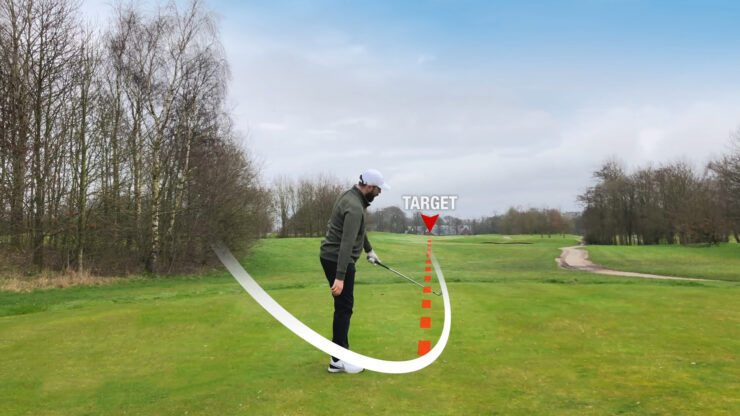
A favorite among many golfers, the draw shot curves from right to left (for a right-handed player).
Characteristics
The draw is more than just a leftward curve. It’s a shot with specific attributes that can be beneficial in certain situations.
A draw usually starts to the right of the target and then curves back to the left. This movement is due to the clubface being slightly closed relative to the swing path but open to the target.
Many golfers prefer the draw because it generally results in a more extended roll after landing, thanks to the topspin. This can be especially advantageous when trying to achieve extra distance.
Knowing when to use a draw can be as crucial as executing it correctly. Draws are particularly useful when the wind is coming from the left, as the shot can ride the wind and gain extra distance.
If there’s an obstacle straight ahead or if the fairway bends to the left, a draw can navigate these challenges, positioning the ball more favorably for the next shot.
The Fade Shot
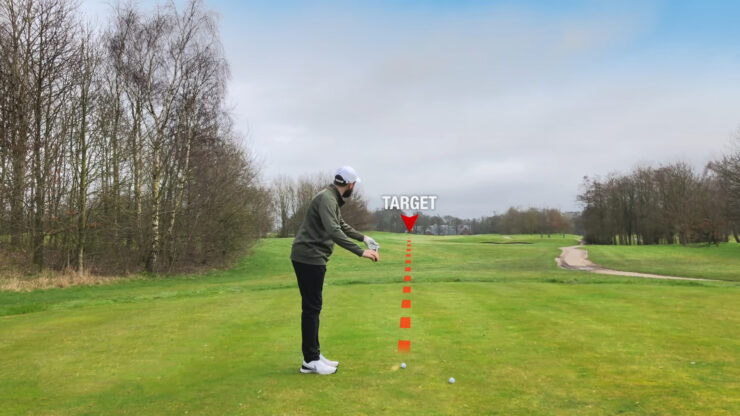
Contrary to the draw, the fade curves from left to right (for a right-handed player) and has its own set of advantages.
Characteristics of a Fade
The fade is often seen as a controlled, deliberate shot with a distinct flight pattern.
- A fade starts to the left of the target and gently curves back to the right. This movement is due to the clubface being slightly open relative to the swing path but closed to the target.
- Fades tend to rise higher and have a softer landing, with less roll than draws. This can be beneficial when aiming for a specific spot on the green or when playing against the wind.
- The fade is not just a default shot for some players; it’s a strategic choice in specific scenarios.
It is ideal for situations where there’s a hazard on the left or when the fairway bends to the right. The ball’s left-to-right movement can help players avoid obstacles and stay on course.
When playing into a headwind, a fade’s higher trajectory and softer landing can offer more control, allowing players to place the ball more accurately.
Techniques to Master
While understanding the theory behind draw and fade is essential, mastering the techniques to execute these shots is equally crucial.
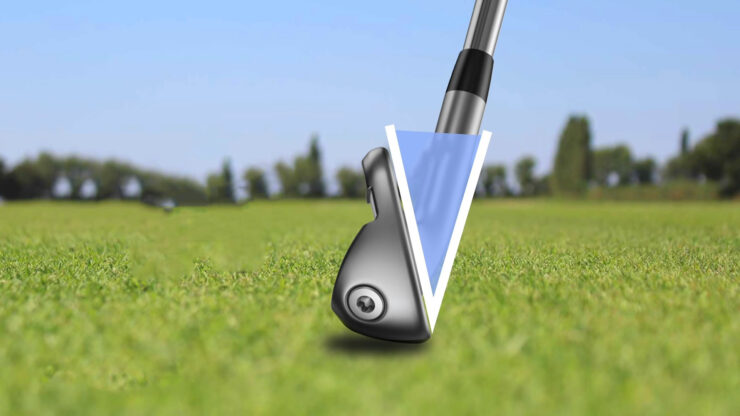
Perfecting the Draw
Achieving a consistent draw requires a blend of proper stance, grip, and swing.
- Start by positioning the ball slightly back in your stance. This encourages an in-to-out swing path, which is vital for a draw.
- Your grip plays a significant role. Strengthening your grip (rotating both hands to the right for right-handed players) can help in achieving the desired clubface position at impact.
Perfecting the Fade
The fade, with its controlled curve, demands precision in technique.
- Position the ball slightly forward in your stance. This promotes an out-to-in swing path, essential for a fade.
- A weaker grip (rotating both hands to the left for right-handed players) can aid in keeping the clubface open relative to the swing path, producing that gentle fade curve.
Common Mistakes and Corrections
Even seasoned players can sometimes struggle with these shots. Recognizing common mistakes and knowing how to correct them can elevate your game.
Draw Mistakes
Mis-hitting a draw can lead to a hook, where the ball curves too aggressively to the left.
One primary reason for this is an overly strong grip, causing the clubface to close too much. Adjusting your grip can help mitigate this.
Over-rotating the hips can also lead to an exaggerated in-to-out path. Focus on a more synchronized rotation to maintain balance.
Fade Mistakes
An overdone fade can result in a slice, sending the ball far off to the right.
A grip that’s too weak can be a culprit, causing the clubface to open excessively. Fine-tuning your grip can bring the ball’s flight back in control.
An outside-in swing path that’s too pronounced can lead to a slice. Practicing a more neutral path can help in achieving a controlled fade.
Understand Your Equipment
Different clubs can influence the ball’s flight in various ways.
For instance, more lofted clubs like short irons are generally easier to fade than to draw. Knowing your equipment’s tendencies can help in selecting the right club for the desired shot.
This continuation further goes into the intricacies of the draw and fade shots in golf. The subsequent sections can explore advanced techniques, the psychological aspect of shot-making, and real-life examples of iconic draw and fade shots in professional golf.
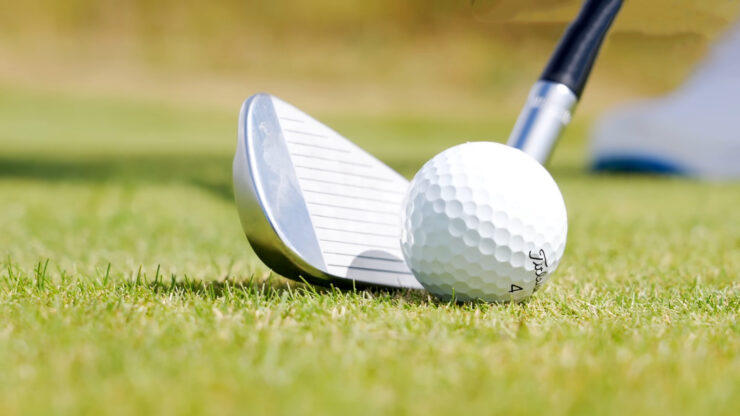
Advanced Techniques and Adjustments
As players progress in their golf journey, understanding the nuances and making slight adjustments can lead to significant improvements in shot-making. While the basics remain the same, advanced players can experiment with subtle changes.
| Adjustment Type | Description | Effect on Shot |
|---|---|---|
| Stance | Closing the front foot slightly | Influences the degree of the draw, useful for tight angles and varying wind directions. |
| Ball Position | Playing with ball position by a few inches | Alters the trajectory and curve of the draw. For the fade, precision is key. |
| Backswing | Maintaining a steeper angle | Helps achieve a more controlled fade. |
| Wrist Hinge | Varying degrees of wrist hinge | Advanced players can influence the fade’s trajectory and landing softness. |
The Mental Game
Golf is as much a mental game as it is physical. The mindset with which a player approaches a shot can significantly influence the outcome.
Visualizing the Shot
Before executing a draw or fade, visualizing the shot can make a difference.
Creating a mental image of the ball’s flight path, its curve, and its landing spot can instill confidence and improve focus.
The mental rehearsal can often translate to better execution on the course.
Managing Pressure
In high-stakes situations, the pressure can affect shot-making. Breathing exercises and grounding techniques can help in staying calm and focused.
Remember, every golfer, even professionals, face challenges. It’s the ability to manage pressure that often sets great players apart.
Iconic Draws and Fades in History
Over the years, professional tournaments have witnessed some iconic shots that have left fans in awe.
Players with the best draws in PGA
| Player | Description |
|---|---|
| Rory McIlroy | Built most of his legacy off of his powerful draw. Used a draw to get out of the tee box. |
| Zach Johnson | Known to exclusively play a draw during his matches. Doesn’t trust a fade as much as a draw. |
| Rocco Mediate | Has played a draw for most of his career. Only uses a fade if there’s an obstacle in his path. |
| Patrick Reed | Claims playing a draw is natural for him. Known for his helicopter finish when playing a draw. |
| Adam Scott | Natural swing path lets him draw the ball, but has faced issues with drawing the ball too hard. |
Players with the Best Fades in PGA
| Player | Description |
|---|---|
| Dustin Johnson | Adopted a fade in 2016 for better ball control, especially with his driver. |
| Rory McIlroy | Switched from a draw to a fade due to newer driver characteristics. |
| Collin Morikawa | Always known for his unique fade, attributing it to his pro success. |
| Jack Nicklaus | Famous for his high-flying “power fade”, preferring it over a draw. |
FAQs
Is a draw the same as a hook? Is a fade the same as a slice?
While a draw and hook both curve from right to left for right-handed golfers, a hook curves more aggressively and often results in a mis-hit. Similarly, a fade is a controlled rightward curve, while a slice is a more pronounced curve and often considered an undesirable shot.
Can weather or external conditions affect the ball’s ability to draw or fade?
Absolutely. Wind, humidity, and temperature can all impact ball flight. For example, a strong side wind can amplify or negate the effects of a draw or fade.
Can the type of golf ball influence a draw or fade?
Different golf balls have varied constructions and spin characteristics. While the ball type can influence overall spin rates, the golfer’s technique primarily dictates draws and fades.
Do draw and fade shots go the same distance?
Not necessarily. Given the same conditions, a draw might roll out further due to its topspin characteristics, while a fade may stop quicker due to its backspin. However, actual distances can vary based on numerous factors.
How do modern golf technologies help in refining draws and fades?
Launch monitors and swing analyzers provide data on swing path, clubface orientation, spin rates, and ball flight, enabling golfers to make precise adjustments.
The Bottom Line
The draw and fade, each with its unique curve, have taught me that there’s no one-size-fits-all approach. Instead of ranking one over the other, I’ve realized that mastering both offers a broader toolkit to navigate the challenges on the course.
It’s clear that the key isn’t just in knowing these shots but in understanding when and how to use them effectively.
As with many things in golf, it’s about adapting, refining, and always aiming to better one’s game.
Sumayya Parrish, a golf aficionado and wordsmith extraordinaire, brings her wit and wisdom to the fairways of FloridaEliteGolfTour.com. Known for her uncanny ability to turn a bogey into a birdie with her humor, she serves up engaging content that keeps readers chuckling even when their golf game has them crying.
Related Posts:
- 3 Wood vs 5 Wood Difference - Build Your Confidence…
- What To Look For In A Reliable Golf Bag - Carry Your…
- How Do You Know Which Golf Ball Is Best For You: Ace…
- Blade vs. Mallet Putter - Which Style Will Improve Your Game
- Garmin S10 VS S20 - Which GPS Golf Watch Is Better?
- TaylorMade TP5 vs. TP5x Golf Ball - Which One Is Perfect?

